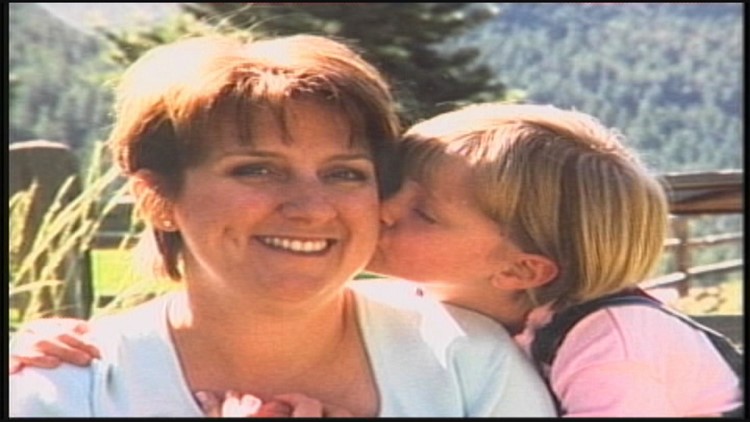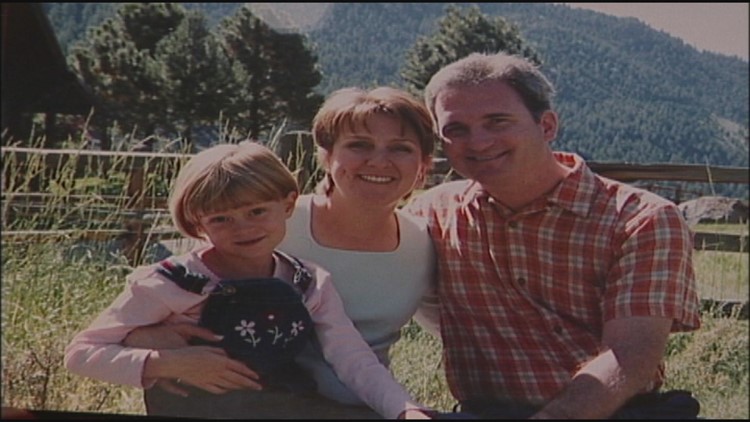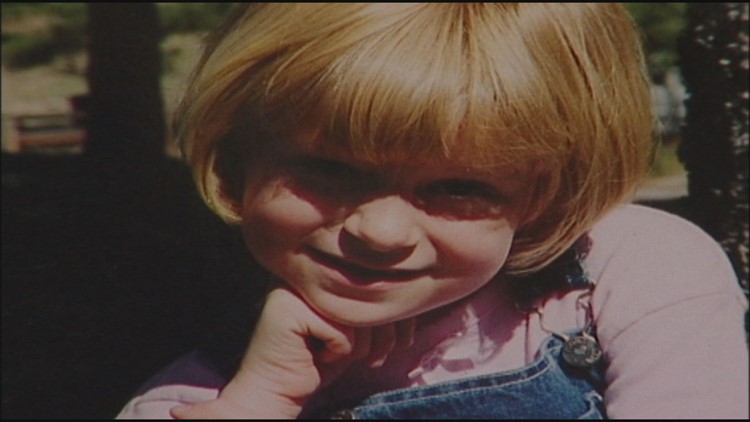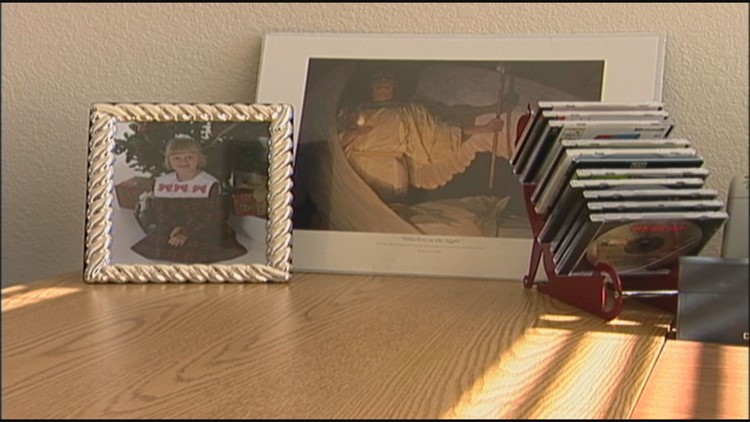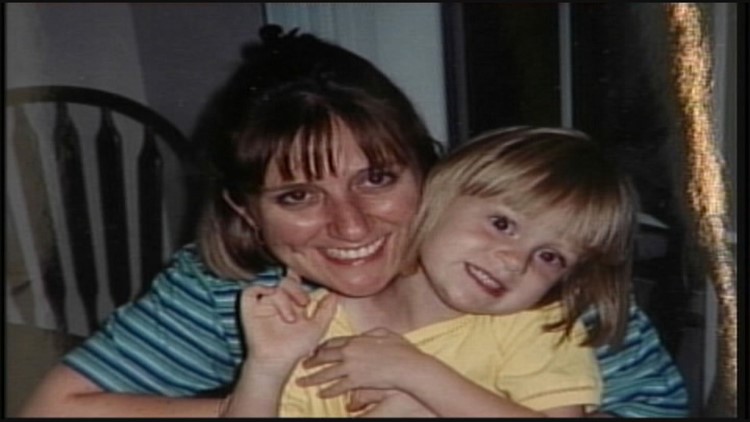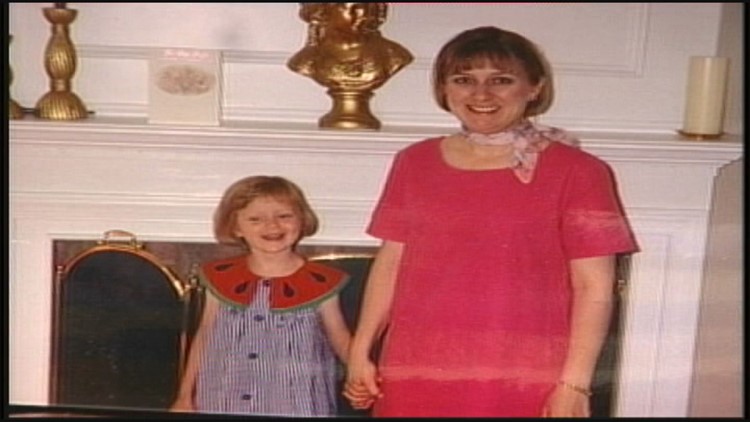JEFFERSON COUNTY - The search area ultimately represented three-tenths of one percent of the Mesa County landfill, in a desolate stretch of desert south of Grand Junction.
For more than two weeks, investigators dealt with temperatures that soared above 100 degrees as they combed through human excrement, medical waste, animal carcasses, thousands of bright orange Home Depot flyers and green punchouts from Ametek Dixson for any evidence related to the disappearance of 34-year-old Jennifer Blagg or her 6-year-old daughter Abby.
BACKGROUND AND TIMELINE | After juror caught lying, man convicted in wife's 2001 murder will stand trial again
PREVIOUS STORY | Murder trial focuses on Michael Blagg's demeanor
Photos of Michael, Jennifer and Abby Blagg
“It happened to be one of the worst heat years in Grand Junction records,” said Frank Kochevar, a surveyor for Mesa County who helped with the landfill search in spring and summer 2002.
On June 4, 2002, the worst suspicions about the fate of this mother and daughter were confirmed. A decomposed leg was spotted hanging from an excavator that was pulling a load of trash from the landfill, attached to a body that was wrapped in a red tent. The next day, the victim was identified as Jennifer Blagg, and investigators say her body was found among trash not far from a newspaper dated Nov. 13, 2001.
This date is significant because at 4:21 p.m. that afternoon, Michael Blagg called 911 and said he came home from work to find the back door of his home just outside Grand Junction ajar. Multiple items were strewn on the floor of the bedroom. There was a large splatter of blood on one side of the mattress.
Michael Blagg told police his wife and daughter were gone — and has maintained ever since that he had nothing to do with their disappearance.
Nevertheless, he was arrested on June 6, 2002, and found guilty of Jennifer Blagg’s murder in 2004. That conviction was later overturned after a juror was caught lying on her questionnaire about being a victim of domestic violence.
More than 16 years after the first 911 call on Nov. 13, 2001, Michael Blagg’s fate is in a jury’s hands once again — this time in Jefferson County, where the case was moved due to its notoriety on the Western Slope. His hair has gone grey, and this Navy veteran and former director of operations at Ametek Dixson in Grand Junction has spent the last decade in jail, serving what he thought was a life sentence.
Monday marked the first day of the third week of this second trial. After lunch, jurors heard testimony from Kochevar, who was on the stand for hours.
Kochevar detailed about how he used aerial and GPS data as well as logs from the landfill’s managers to map where investigators could begin to comb through trash to find what may have been discarded by Ametek Dixson on Nov. 13, 2001.
Investigators dug what were called “potholes” to get a sampling of what had been dumped in certain portions of the landfill. This allowed them to narrow their search area from 250-by-250 feet to 150-by-150 feet.
The digging began on May 13, 2002, Kochevar said. Each day, work would begin at 7 a.m. with a discussion about where to search next. They needed heavy machinery to lift trash out of the landfill and onto a flat surface that investigators would then rake through.
Kochevar would use GPS data to mark where they searched and what they found. He says they found some waste from Ametek Dixon — notably green punchouts — that they used to guide their search as they determined where else in the landfill to search for evidence related to Jennifer and Abby Blagg.
The jury saw multiple diagrams that showed where Jennifer Blagg’s body was found in relation to trash from Ametek Dixson. Some pieces of trash were a few feet away — some pieces of trash were found much farther. One of Jennifer Blagg’s legs was severed from her body, and was found a day later.
The prosecution alleges that Michael Blagg shot Jennifer in the head while she was sleeping, wrapped her in a tent and loaded it into the family minivan. He is then accused of throwing his wife’s body into the dumpster at Ametek Dixson before work.
The defense claims that an intruder broke into the Blagg home, killed Jennifer and took Abby. Public Defender Scott Troxell argued during his opening statement that it means nothing Jennifer Blagg’s body was found near waste from Ametek Dixson since there was also trash from Home Depot and a hospital in the same vicinity.
Kochevar’s testimony disputed that.
“My opinion is yes, [Jennifer Blagg’s] body was found in Ametek Dixson waste,” he said.
Kochevar claimed that the Ametek Dixson trash was distributed in the landfill in a pattern somewhat similar to a vein of precious metals.
"It seemed to be shaped in some form of a plume or teardrop," he said, adding that this pattern helped guide the search.
Once Jennifer Blagg’s body was found, that search area suddenly became a crime scene. It was taped off and a 24-hour guard made sure that nothing was disturbed as the Colorado Bureau of Investigation processed a small stretch of the landfill.
And during a summer that Kochevar recalls as one of the hottest in recent memory, the search continued for Jennifer Blagg’s 6-year-old daughter until it was called off in July.
To this day, Abby Blagg has never been found.
Frank Kochevar’s remains on the witness stand. He will be cross-examined on Tuesday morning. 9NEWS is in the courtroom and will provide updates during breaks on 9NEWS.com.




